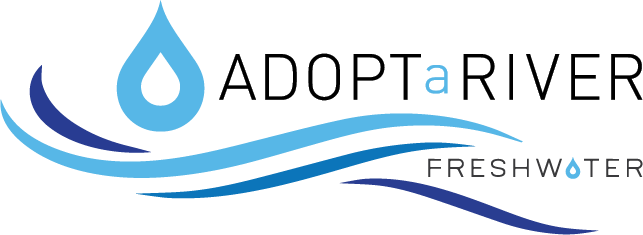
IMPORTANT NOTICE:
In light of the pandemic we will not be hosting larger events. We still encourage you to register to participate in the program and to report the results of your cleanups online. If you have questions, please contact our Program Coordinator, Alex Van Loh.
Always make safety your priority with these tips.

Frequently Asked Questions
What should I do with the trash?
Here are some examples of what other adopters have done:
- Contacted city or county parks and recreation departments, public works departments or city, county or state highway departments. The community is often more than willing to assist a motivated volunteer!
- Partnered with community trash haulers (some of whom will donate part or all of the hauling charges).
- Divided the trash among volunteers to be taken home and disposed of in their homes' trash bins.
- Raised money for a dumpster, or asked for the donation of a dumpster within their community. This is a great opportunity for area businesses to get involved with your cleanup, and it's great advertising for the business as well.
Check your county office for disposal locations for items such as electronics, appliances, etc. They typically waive fees for public service projects like yours.
How do I calculate the total pounds removed?
Reporting accurate weights of collected trash is a foundation of the Adopt-a-River program. To estimate the weight of trash removed, follow these guidelines:
- On average, a bag of trash weighs about 10 pounds.
- A standard pickup truck load weighs about 480 pounds.
- When filled, a small commercial dumpster weighs about 2,880 pounds.
- A normal tire weighs about 20 pounds (40 pounds if still has its rim). A semi-truck tire weighs about 90 pounds (180 pounds with its rim).
How do I dispose of tires?
You cannot legally place tires in landfills in Minnesota. Tire piles must be disposed of properly because as they collect water, they pose a threat to public health and safety as mosquito breeding habitat. Businesses that may agree to take tires for recycling include tire retailers, automotive dealerships, junkyards, and mechanics. Some may charge a small fee for each tire delivered.
How do I dispose of batteries?
Batteries can leak lead-laced acid into our landfills and waterways, so it's critical to dispose of them properly! Please contact your local household hazardous waste disposal service to learn where to properly dispose of batteries in your area.
What do I do with any hazardous materials I've found?
If anyone comes across any of the following items, leave them where they are and contact local authorities.
- Propane cylinders: Most propane cylinders have brass fittings, which will turn blue or bluish-green in the presence of ammonia, which is a common ingredient in a methamphetamine drug lab. This indicates a weak fitting, increasing the likelihood of it blowing apart. Some cylinders have been modified with different fittings so they don't turn blue, but they can be just as hazardous.
- Bulging metal containers: When a sealed metal container like a 55-gallon steel drum bulges outward, it indicates a large amount of pressure has built up inside. This pressure could cause it to explode if handled improperly, depending on the contents. Report such items, but don't move them.
- Containers with hazardous material labels: These labels tell about the specific type of threat posed by the items inside. Report such items, but don't move them.